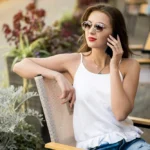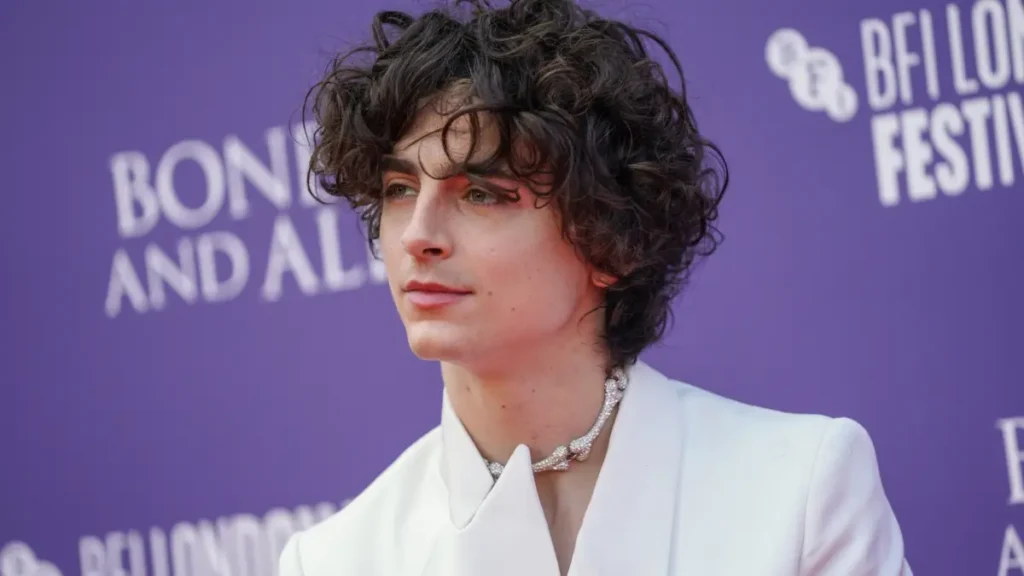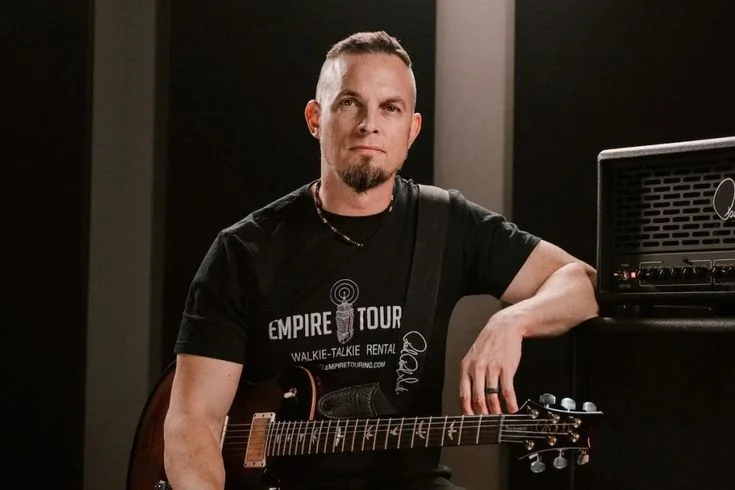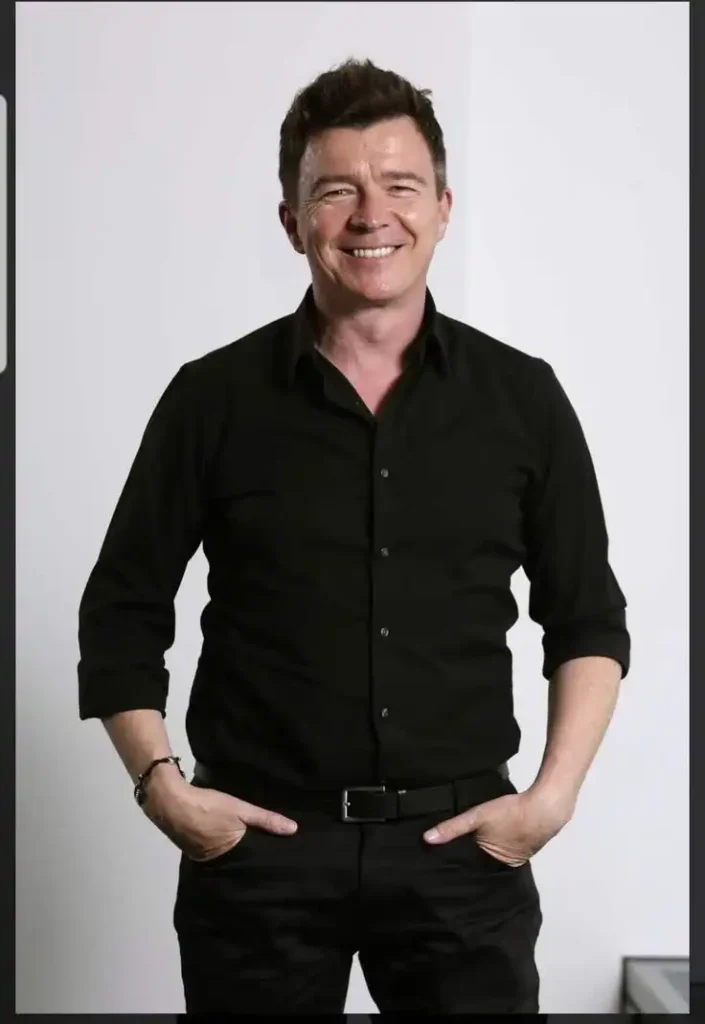You’ve probably seen jaw-dropping AI art on Instagram or TikTok, realistic portraits, fantasy landscapes, or even funny memes. But have you ever wondered how to make AI generated images yourself? The good news: it’s easier than you think.
Many beginners assume AI art requires coding skills or expensive software. Without the right guidance, it can feel confusing and intimidating. But the truth is, with today’s tools, anyone can create AI images in just a few minutes.
This guide walks you step by step through the process, showing you the tools, tips, and tricks to create stunning AI visuals, even if you’ve never designed anything before.
What Does “AI Generated Images” Mean?

AI-generated images are pictures created by artificial intelligence, not by hand. You type a description, and the AI turns your words into visuals.
For example, if you write:
“A cyberpunk city at night, glowing neon lights, flying cars, futuristic vibe”
AI instantly generates an image that matches your description.
It’s like having a personal artist who never gets tired and works in seconds.
Why AI Image Creation Matters
AI visuals aren’t just a fun trend, they’re changing industries worldwide.
- Marketing: Businesses save money by skipping stock photos.
- Education: Teachers create quick diagrams or illustrations.
- Publishing: Writers design unique book covers.
- Social Media: Creators build eye-catching content in minutes.
Stat: A 2024 HubSpot report found that 71% of marketers who use AI-generated visuals saw higher engagement compared to traditional graphics.
Tools You’ll Need
Before learning how to make AI generated images, you’ll need to pick the right tool. Here are some of the best:
- DALL·E 3 (OpenAI): Great for beginners, detailed and realistic.
- MidJourney: Artistic, dreamy, and highly creative.
- Stable Diffusion: Open-source and customizable.
- Adobe Firefly: Perfect for professionals and brand-friendly designs.
- Canva AI: Beginner-friendly and quick for social media content.
Step-by-Step: How to Make AI Generated Images
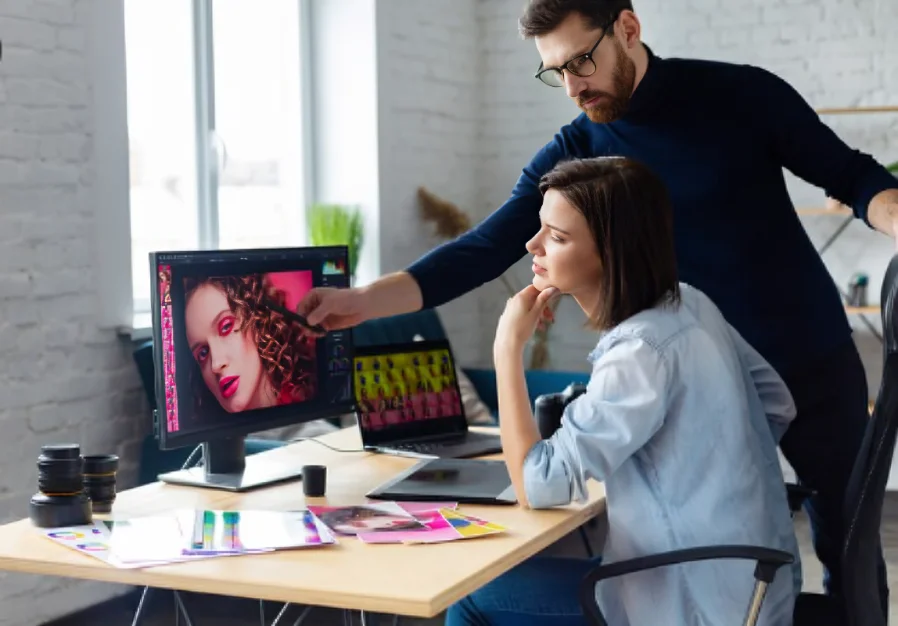
Choose a Platform
Pick an AI tool that matches your goal. For example:
- Want realistic photos? Try DALL·E 3.
- Need artistic, fantasy vibes? Go for MidJourney.
- Looking for total control? Stable Diffusion is your best bet.
Write a Prompt
A prompt is your instruction to the AI. The clearer your words, the better the output.
Example:
Bad: “A dog.”
Good: “A golden retriever puppy with a red bow, running through a sunny meadow.”
Generate and Review
The AI will give you 2–4 variations. Pick the one you like best.
Refine or Edit
Most tools let you tweak details, like changing colors, adding text, or enhancing resolution.
Save and Share
Once you’re happy, download your image and use it for your project, post, or campaign.
How to Make AI Generated Images Look Professional
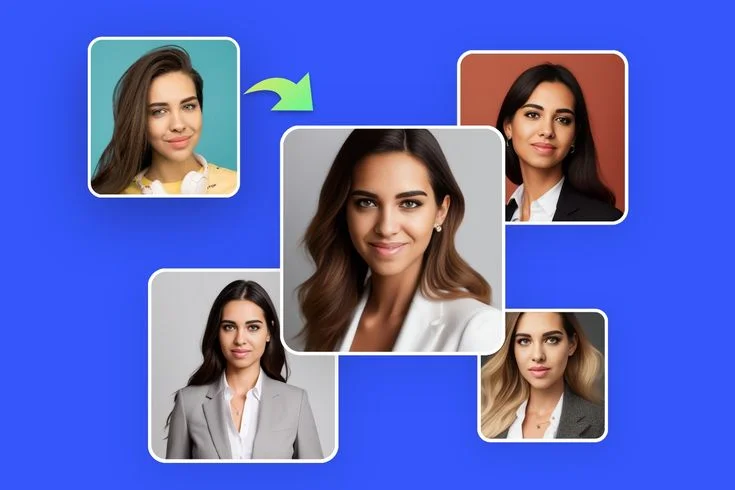
Creating images is easy, but making them look polished takes practice. Here are a few tricks:
- Be specific with details. Instead of “a house,” say “a cozy wooden cabin in snowy mountains, smoke rising from the chimney.”
- Add style cues. Words like “watercolor,” “photorealistic,” or “digital painting” change the outcome.
- Think about mood. A “dramatic sunset” feels different from a “calm morning.”
- Experiment with perspectives. Try “aerial view,” “close-up,” or “wide-angle shot.”
Idiom alert: Remember, “the devil is in the details.” In AI art, details turn average pictures into masterpieces.
Common Mistakes to Avoid
Even with smart tools, beginners often trip up. Here are the top mistakes:
- Being too vague: Short prompts give dull results.
- Overloading details: Adding 10 styles at once confuses the AI.
- Ignoring context: Forgetting lighting, angle, or mood weakens the image.
- Not experimenting: Sometimes you need 2–3 tries before hitting gold.
Best Practices for Better Results
Want your AI images to stand out? Follow these best practices:
- Start broad, then refine.
- Use sensory words like bright, glowing, smooth.
- Include emotions like happy, mysterious, dramatic.
- Always test 2–3 prompts and compare.
These steps make your images sharper, richer, and more creative.
Real-World Examples of AI Image Use
- A fashion brand designs futuristic outfits to test ideas.
- A teacher makes custom history illustrations for lessons.
- A YouTuber creates unique thumbnails to stand out.
- An author uses AI for book cover concepts.
Fact: According to Forbes, 65% of creative professionals already use AI tools for brainstorming or image creation.
The Future of AI Image Creation
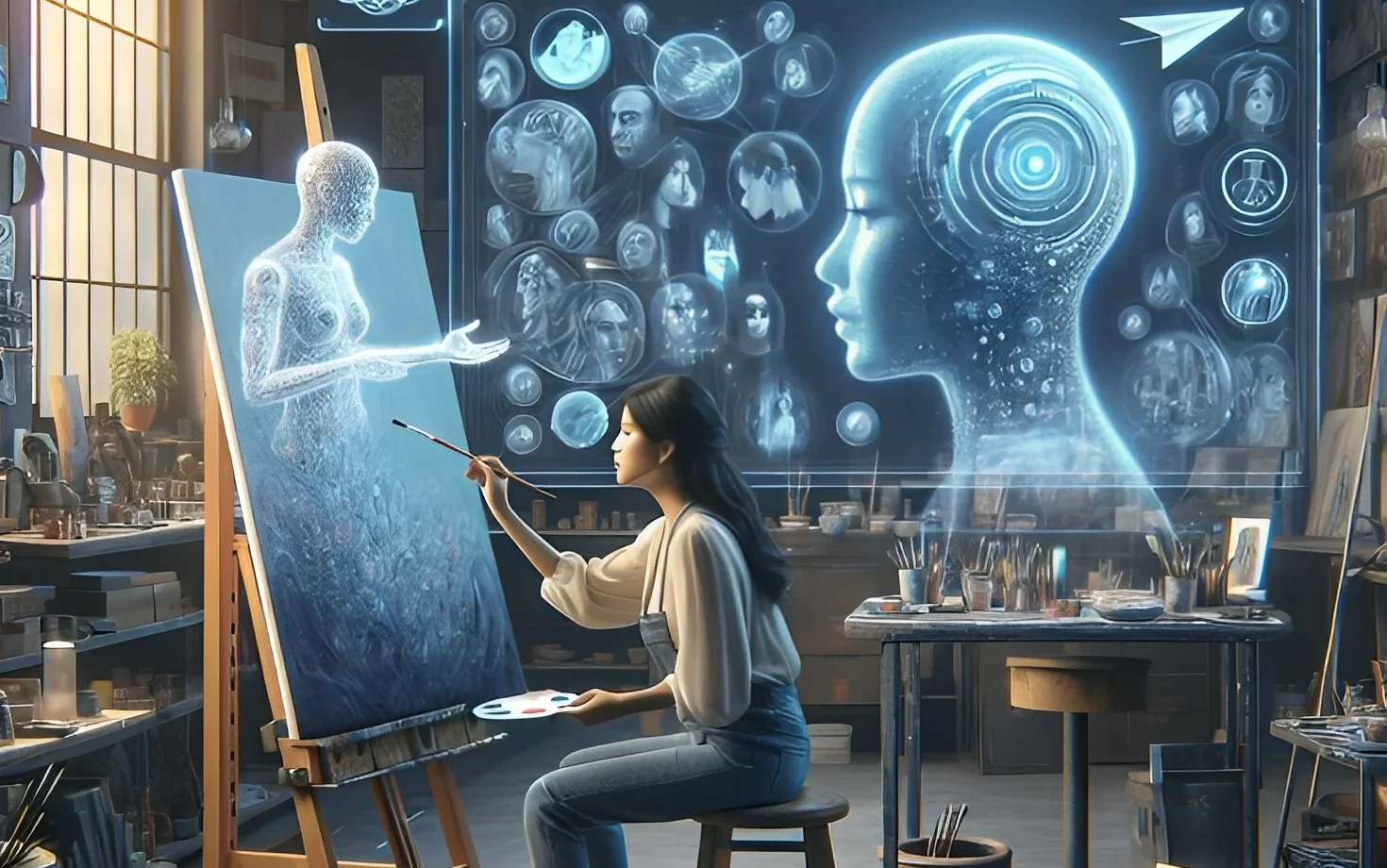
What’s next for AI visuals? By 2026, expect:
- Voice-to-image prompts: Just say your idea aloud.
- One-click style switching: Preview multiple art styles instantly.
- Personalized AI: Systems will adapt to your creative taste.
- Integration everywhere: From Google Docs to social media apps.
Forecast: Gartner predicts 70% of online content will be AI-generated by 2025.
How to Make AI Generated Images: Conclusion
Learning how to make AI generated images proves that creativity is no longer limited to trained artists. With just a few words, you can produce realistic photos, dreamy art, or futuristic worlds in seconds.
The secret lies in practice: write clear prompts, experiment with styles, and refine your results. With AI as your creative partner, the possibilities are endless.
Key Takeaways About How to Make AI Generated Images
- AI-generated images turn words into art in seconds.
- Tools like DALL·E, MidJourney, and Stable Diffusion make it simple.
- Clear, detailed prompts = better results.
- Avoid vagueness and overload.
- Future AI tools will make image creation even easier.
FAQs About How to Make AI Generated Images
- Do I need design skills to make AI images?
No. All you need is a clear idea and a few words to describe it. - Are AI-generated images copyright-free?
It depends on the tool. Some are free for personal use, but commercial rights may require a license. - Can AI create realistic photos?
Yes. Tools like DALL·E 3 and MidJourney can generate photorealistic images. - How long does it take to create an AI image?
Usually just 10–30 seconds, depending on the tool. - Can AI replace human artists?
Not completely. AI is a tool that supports creativity, but human imagination is still unmatched.







